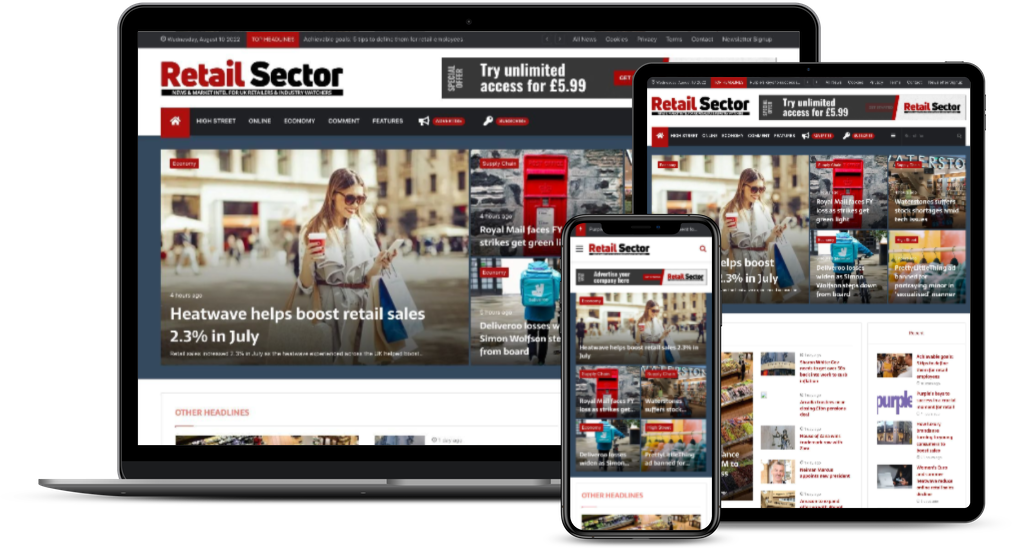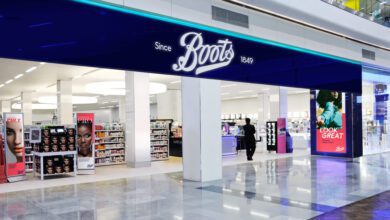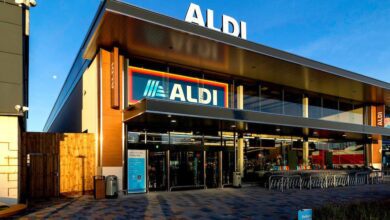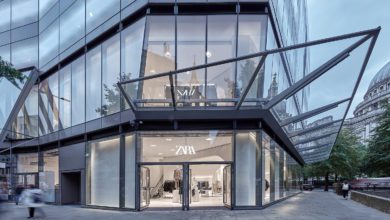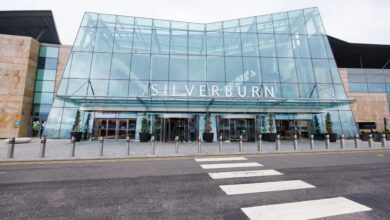How to combat growing in-store queues

Recent research from cloud-based platform Qudini reveals that long queues are the largest turn-off for shoppers. Consequently, UK retailers are losing up to £12bn per year with customers becoming frustrated with waiting times, and therefore leaving the store without purchasing.

